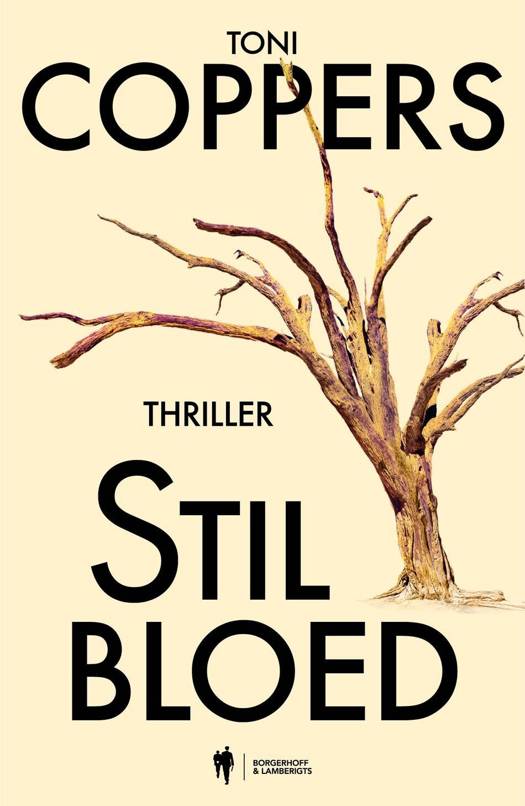
- Afhalen na 1 uur in een winkel met voorraad
- Gratis thuislevering in België vanaf € 30
- Ruim aanbod met 7 miljoen producten
- Afhalen na 1 uur in een winkel met voorraad
- Gratis thuislevering in België vanaf € 30
- Ruim aanbod met 7 miljoen producten
Zoeken
€ 103,45
+ 206 punten
Omschrijving
Taking human factors into account, a visual servoing approach aims to facilitate robots with real-time situational information to accomplish tasks in direct and proximate collaboration with people. A hybrid visual servoing algorithm, a combination of the classical position-based and image-based visual servoing, is applied to the whole task space. A model-based tracker monitors the human activities, via matching the human skeleton representation and the image of people in image. Grasping algorithms are implemented to compute grasp points based on the geometrical model of the robot gripper. Whilst major challenges of human-robot interactive object transfer are visual occlusions and making grasping plans, this work proposes a new method of visually guiding a robot with the presence of partial visual occlusion, and elaborate the solution to adaptive robotic grasping.
Specificaties
Betrokkenen
- Auteur(s):
- Uitgeverij:
Inhoud
- Aantal bladzijden:
- 192
- Taal:
- Engels
Eigenschappen
- Productcode (EAN):
- 9783739238890
- Verschijningsdatum:
- 7/04/2016
- Uitvoering:
- Paperback
- Formaat:
- Trade paperback (VS)
- Afmetingen:
- 148 mm x 210 mm
- Gewicht:
- 235 g

Alleen bij Standaard Boekhandel
+ 206 punten op je klantenkaart van Standaard Boekhandel
Beoordelingen
We publiceren alleen reviews die voldoen aan de voorwaarden voor reviews. Bekijk onze voorwaarden voor reviews.








